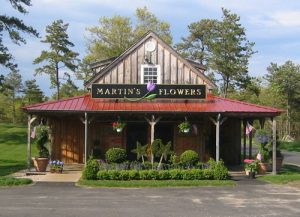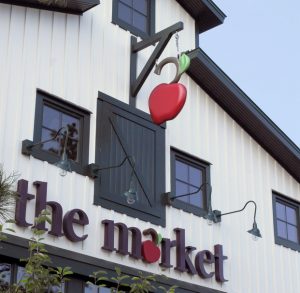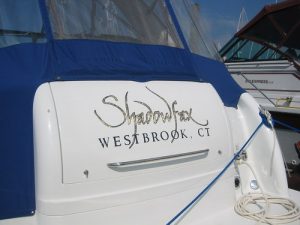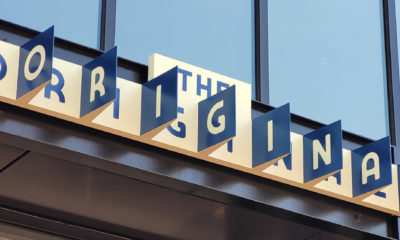Dimensional Signs
Earning His Stripes
Published
14 years agoon
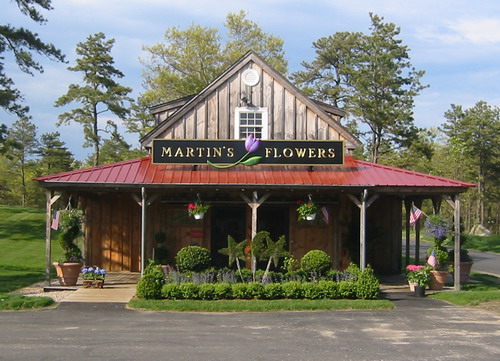
It’s easy to perceive that signmakers who ply their trade in tourist-friendly areas, where imaginative entrepreneurs ostensibly keep a fabricator busy with unique projects and liberal budgets, operate under idyllic conditions. When the U.S. economy resided in high cotton approximately a decade ago, and many families possessed the disposable income to frequent getaway destinations, that may have been the case. However, as 401(k) portfolios dwindle and the unemployed ranks swell, many small businesses in such areas have shuttered, and those that survive are increasingly fixated on a price point for their signage.
Paul Luszcz, founder of Plymouth, MA-based Zebra Visuals, has weathered the turbulent times by complementing 3-D, commercial signs with digital graphics and outsourcing much of his work to focus on what he does best. And, Luszcz adheres closely to the maxim, “Good design sells signs.”
Finding his passion
After graduating with an industrial-design degree, he got a job as a store planner for a large, home-improvement center chain. Eventually, Luszcz earned a promotion to director of store planning. Part of his job entailed overseeing the company’s in-house signshop, which Luszcz estimated produced approximately $2 million worth of work annually. His supervision of the shop’s production inspired a career change.
“Looking back, I’m not sure if maintaining our own in-house shop was the most efficient use of our resources,” Luszcz said. “But, it gave me a real education about signage. I realized the one of the parts of my job I enjoyed most was developing prototypes for the store’s signage. I realized signmaking could be a fruitful career move.”
In 1993, Luszcz purchased the shop from the company and founded Zebra Visuals. At the time, the shop’s equipment comprised screenprinting and woodworking equipment, as well as a Gerber IV-B plotter. Implementing his experience, much of Zebra’s early work entailed prototype design for regional retail chains.
Soon, Luszcz updated the shop’s equipment and bought an EDGE® thermal-transfer printer and an Encad large-format printer. In the late ‘90s, Zebra gradually transitioned the bulk of its work from store interiors to exhibit and tradeshow graphics. However, the 9/11 tragedy and the subsequent economic struggles forced another reinvention.
Advertisement“From September 2001 to July 2002, we didn’t produce a single exhibit program,” he said. “Also, our top five retail customers either went bankrupt or were bought out. We moved to a storefront location on the Plymouth waterfront and made the transition to designing and selling outdoor signage.”
Zebra also began selling more 3-D sign design and outsourcing the fabrication to other signshops. This move required outfitting the shop’s workstations with both Macs and PCs – the shop had been accustomed to working with ad agency that operated with Macs, but also needed to accommodate PC-oriented signshops.
Making it work
Working in Plymouth, one of Massachusetts’ largest seaside towns, has historically provided ample opportunity to produce 3-D signage. The city’s historic district precludes most forms of electric signage because city fathers prefer an image that reflects Plymouth’s legacy as the Pilgrims’ point of arrival. To capitalize on this market, Luszcz subcontracts a cabinetmaker who doubles as a weekend sign fabricator.
“Maintaining good relationships is the lifeblood of a successful signshop,” he said. “The reason we’re able to offer such a broad repertoire of signage is because of the solid roster of contractors who work for us. I’m able to focus most of my time on creating good design.”
Luszcz said the traditional “New England” style – he identified elegant, cursive letters, goldleaf, artistic flourishes and post-hung or building-mounted panels as hallmarks of the regional aesthetic – fits his design bent. He said it’s important to emphasize design and fabrication experience.
“A lot of customers have Photoshop or some other type of design software on their desktop and laptop, and they think after a little bit of experience with that they’re experts,” Luszcz said. “I’ve had several customers come in here who wanted 10 lines of copy on their sign or graphics when five is what’s needed to make their sign legible. I try to make them understand, but they insist and I do as they ask. Usually, those customers are back in a few months asking for something different.”
However, Luszcz said the past year’s economic challenges have caused a nosedive in dimensional-sign demand as the number of new shops demanding upscale signage evaporates. To combat this, the company has undertaken more banners, exhibit graphics – there are four museums in the greater Plymouth area — and construction-site graphics. Zebra has also gained work producing a traditional coastal standby.
“We’re locating near Plymouth’s marina, so boat graphics are a staple,” he said. “Most boat owners take great pride in their watercraft, and I’m usually able to sell value-added design. A guy who will pay $200 for vehicle graphics will pay $500 to have his boat decorated.”
And, Luszcz emphasized the importance of remembering that one sale to a customer can often lead to another: “We rarely bid on projects; most of our business arrives through word-of-mouth or walk-ins. And, those that walk in don’t usually come in with an order for a $25,000 program. But, if you provide good service for a smaller project, that customer will likely come back to you for future signage needs.”
As an example, he cited a visit from secretary to the general manager of a local golf course in need of a logo. Luszcz designed a logo that met approval and though little more about the job. However, one month later, the manager remembered Zebra Visuals’ quality work and contacted him and ordered a comprehensive sign program for the property.
Reading tea leaves
Luszcz senses changes may loom for his shop, but isn’t yet sure what direction they’ll take. He said, “We’re considering changing our name and our logo reflect that 95% of our work is signage. But, these are volatile times; we’ll have a great month of sales and follow it with a difficult one. Right now, it’s just me and a couple of part-time workers. That’s why we sub out a lot of our work. We don’t have the financial resources to own a CNC router, spray booth or other expensive equipment. And, we know people who paint, carve and gild better than I ever will.”
However Luszcz may alter his shop, he offers one piece of advice for signmakers: “Keep your portfolio up to date. The more examples of your work you can show a customer, the more confidently you can quote a price and get a down payment of 50% on a project. If you even hint that a product or service you provide is optional, the customer will treat it as optional. You have to respect your work for the customer to do so.”

SPONSORED VIDEO
Introducing the Sign Industry Podcast
The Sign Industry Podcast is a platform for every sign person out there — from the old-timers who bent neon and hand-lettered boats to those venturing into new technologies — we want to get their stories out for everyone to hear. Come join us and listen to stories, learn tricks or techniques, and get insights of what’s to come. We are the world’s second oldest profession. The folks who started the world’s oldest profession needed a sign.
You may like

ISA Announces New Tradeshows and Meetings VP

5 Reasons to Sell a Sign Company Plus 6 Options

Sign Products Wrap-Up for April
Subscribe

Bulletins
Get the most important news and business ideas from Signs of the Times magazine's news bulletin.
Most Popular
-

 Tip Sheet1 week ago
Tip Sheet1 week agoAlways Brand Yourself and Wear Fewer Hats — Two of April’s Sign Tips
-

 Ask Signs of the Times2 days ago
Ask Signs of the Times2 days agoWhy Are Signs from Canva so Overloaded and Similar?
-

 Real Deal1 week ago
Real Deal1 week agoA Woman Sign Company Owner Confronts a Sexist Wholesaler
-

 Benchmarks5 days ago
Benchmarks5 days ago6 Sports Venue Signs Deserving a Standing Ovation
-

 Editor's Note2 weeks ago
Editor's Note2 weeks agoWhy We Still Need the Women in Signs Award
-

 Women in Signs1 week ago
Women in Signs1 week ago2024 Women in Signs: Megan Bradley
-

 Product Buying + Technology2 weeks ago
Product Buying + Technology2 weeks agoADA Signs and More Uses for Engraving Machines
-

 Photo Gallery7 days ago
Photo Gallery7 days ago21 Larry Albright Plasma Globes, Crackle Tubes and More
